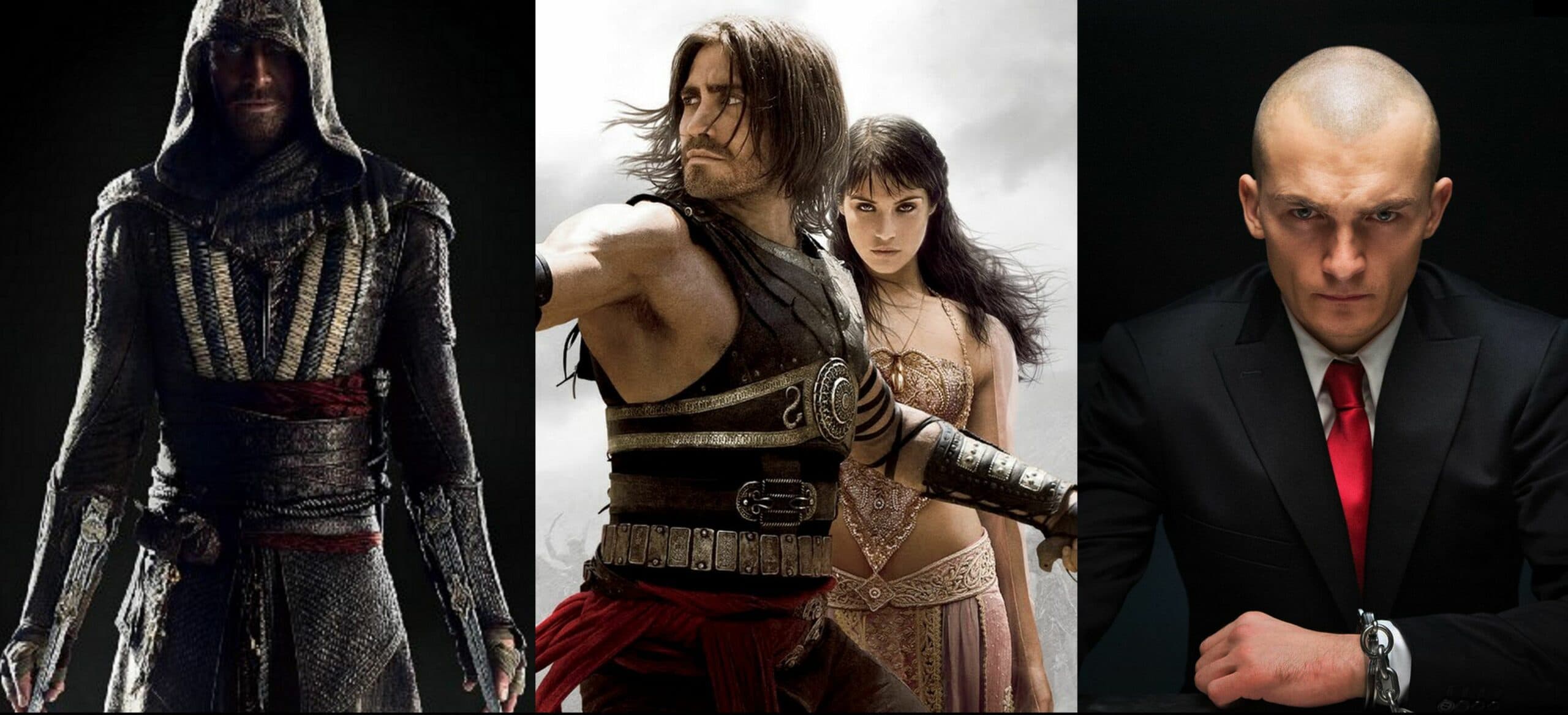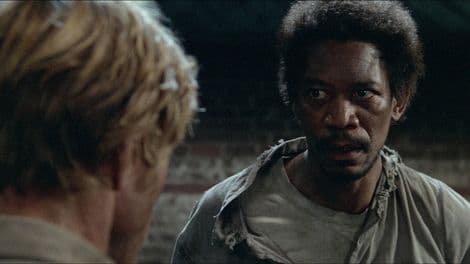Dive into the Delightful World of Film: From Bogart's Charms to Supernatural Showdowns
Searching for a film to entertain you or scare you? You’re in the right place. Let's take a cinematic journey. We'll explore movie magic, legendary actors, and the supernatural. All in good fun, of course.
Beat the Devil: A Comedy Masterpiece or Just Funny?
First, let's talk about a film called "one of the funniest ever made":
What’s the plot? A motley group of travelers, stranded in Italy. They all want a piece of land in Africa rumored to have uranium. Among them are Billy and Maria Dannreuther, who seem average but are just as eager as Mrs. Gwendolen Chelm. It's a race for wealth, filled with humorous mishaps. Think of it as a treasure hunt, swapping gold for radioactive material and pirates for colorful characters.
Should you watch
Humphrey Bogart: More Than the Fedora
Let’s talk about Humphrey Bogart. His name brings images of smoky rooms, clever dialogue, and that iconic gaze. In 1999, the American Film Institute declared him the greatest male star of classic cinema. That’s winning the lifetime achievement award for being effortlessly cool.
Bogart's Career: A Star is Born
Bogart was not just a star; he was a supernova. His career boasts iconic roles. A fun fact: he frequently teamed up with Peter Lorre. They collaborated on five films. A pentathlon of acting power! Imagine their chemistry when they worked together. It’s proof of their brilliance and collective magic.
Bogart's career spanned decades and countless films. The brief doesn’t mention his last movie. Maybe that's another mystery for another time. For now, let’s appreciate his impressive body of work.
The Personal Side of Bogart: Love and Life
Outside the screen, Bogart was complex, especially regarding love. His romance with Lauren Bacall is iconic. They met during
Their marriage was romantic and loving. A fairy tale? Well, life isn’t a scripted romance. Author Karen de Draugh's book
From their union came two children: Stephen and Leslie Bogart. Today, Robbert de Klerk manages the Bogart estate for them. It’s fascinating that Bogart’s legacy carries on through his children. When Bogart passed in 1959, his wealth was about $5 million USD. A considerable sum, but perhaps less than expected for a star like him. Fame and fortune aren't always aligned.
In a striking detail, Bogart's final resting place is unique. He was cremated, and his remains were placed in an urn with a gold whistle inscribed: "If you want anything, just whistle." This gift to Bacall echoes their line in
Bogart also had a reputation as a hard-drinking man quick to anger. Some called it his "dark side". He seemed to enjoy this image, challenging others to confront him. It's a far cry from the suave characters he portrayed but another layer of Bogart's complexity.
Despite his tough exterior, he cherished writers. Some friends were screenwriters like Louis Bromfield and Nathaniel Benchley. He admired their craft, weaving words into worlds. In an unexpected twist, Bogart lost his teeth in a car accident. The epitome of cool had dentures! A reminder that even glamorous figures have human mishaps.
Bogart's Relationships: Love On Screen and Off
We've discussed Bacall, but what about Ingrid Bergman? She starred with Bogart in
Peter Lorre: More Than Just a Villainous Face
Now, let's shift to the wonderfully eccentric Peter Lorre. With his unique voice and expressive eyes, he carved out a niche as one of cinema's most memorable character actors, often playing villains.
on the edge of madness. As mentioned, he and Bogart were a dynamic pair, both on and off the screen.
Lorre and Bogart: A Friendship Forged in Film
Peter Lorre and Humphrey Bogart were not just co-stars; they were friends. Their bond went beyond the studio, a true camaraderie that likely enhanced their on-screen work. They made five films together, showcasing mutual respect and enjoyment. Imagine the stories, the laughter behind those classic films.
Behind the Bulging Eyes: Lorre's Medical Journey
Peter Lorre's distinctive bulging eyes resulted from Graves' disease, a thyroid issue. This condition made his eyes protrude, giving his iconic, unsettling gaze. It added to the mystique he brought to his roles. Lorre also had to replace his rotting teeth. Even iconic figures face health issues and dental woes.
Lorre's Persona: A Blend of Accents and Understatement
Lorre's performances showed suave understatement, with a subtle menace that felt chilling rather than aggressively overt. His voice carried tones tinged with Hungarian accents. This mix of European charm and subtle menace made him an unforgettable presence, mastering characters both unsettling and captivating.
Sadly, Peter Lorre's life ended young. He passed in 1964 at 59 from a stroke. This highlights life's fragility, even for those larger than life. Yet, his legacy endures through unforgettable performances, unique presence, and bond with Humphrey Bogart.
Delving into the Devilish Filmography: Beyond "Beat the Devil"
"Beat the Devil" is merely the beginning of films addressing darkness, the supernatural, and devils. Let’s explore a few more movies that explore the shadowy corners of cinema.
The Devil All the Time: Generational Sin and Trauma
Is it worth your time? Absolutely, if you seek intensity and gripping storytelling.
The ending features Arvin, the lead character, hitchhiking to Cincinnati into an uncertain future. A radio announcement reveals President Johnson's draft for the Vietnam War. It’s a somber conclusion, hinting at societal darkness looming over personal struggles. Despite its realism,
The Devil Has a Name: Corporate Greed and Environmental Mayhem
The ending takes an unexpected twist. After credits roll, Fred and Santiago wind up drifting into the Great Pacific Garbage Patch. Yes, it’s true. This surreal ending darkly emphasizes the film’s environmental message in an unforgettable manner.
Devil: Elevator to... Hell?
The film
The ending delivers resolution but maintains a grim tone. Tony, among those trapped, is revealed responsible for a hit-and-run that killed Detective Bowden's family. Surprisingly, Bowden forgives Tony. The film closes with Ramirez's philosophical reflection: "If the Devil is real, then God must be real, too." This provokes thoughts about good, evil, and faith.
The Devil Inside: Possession and Found Footage Frights
The ending is abrupt and bleak. In chaotic climax, two priests die in a crash; the possessed woman disappears. It leaves viewers frustrated and unresolved. Marketed as "based on true events,"
Capturing the Devil and The Devil's Own: More Devilish Delights
For historical thriller fans,
Lastly,
Supernatural Showdown: Meet the Devilish Cast of Characters
Let's step away from specific films and focus on supernatural characters. We will explore key figures from the TV show
Sam Winchester: Battling Inner Demons (and Outer Ones Too)
Sam Winchester, from
emotions and remorse. Talk about a bad day.
Azazel's plan for Sam was clear. Turn him to evil and make him lead a demon army. Demons have grand ambitions for their chosen ones. Sam was possessed by Azazel in the pilot of
Sam Winchester is strong. Even when possessed by Lucifer, he regained control. He drew strength from memories of Dean's love. Brotherly love is a weapon against demons. Also, Sam has died and returned multiple times in
Lucifer: The Fallen Angel with Many Names
Lucifer is the fallen angel. His name, Helel, means "shining one." Ironic for the Prince of Darkness. He has many names: Satan, the Devil, Morning Star, Son of Dawn. He is a complex figure with a long history.
In angelic hierarchies, Lucifer’s name might be Samael, meaning "Wrath of God." This hints at his rebellion. Some tales say Lucifer has a wife named Lilith. She is from Jewish mythology, often linked with chaos.
Azazel and The Devil: More Names in the Demonic Rolodex
Azazel has grand plans for Sam. He aimed to corrupt Sam, to lead a demon army. Demons plot world domination. The Devil goes by many names too—Satan, Baphomet, Asmodeus, Diablo. The demonic world has its own version of witness protection—endless name changes that confuse celestial forces.
Religious Musings: God, the Afterlife, and Devilish Emojis
Let’s briefly explore religious concepts about God and the afterlife. We will end on a lighter note with the Devil emoji.
God: Eternal, Everywhere, and Known by Many Names
In many faiths, God is eternal. God exists outside of time. The Bible states God has no age; God transcends time. Opinions on God's location vary. Some see God as omnipresent. Others think God is in Heaven. This differs by faith and interpretation.
What about God's name? In Christianity, God’s name is often YHWH, vocalized as "Yahweh" or "Jehovah." This name holds power. It represents a direct connection to the divine.
The Afterlife: Heaven, Reincarnation, or... Nothingness?
What happens after death? Humanity has pondered this for ages. Beliefs about the afterlife are diverse across cultures. Some envision Heaven, a realm of bliss. Others believe in reincarnation and spiritual progression. Some think nothingness follows death. The afterlife remains one of life’s greatest mysteries.
The Devil Emoji ( ): Mischief, Trouble, or Just Plain Evil?
Let’s lighten things with the Devil emoji ( ). This purple face with horns conveys various meanings. It expresses playful mischief or evil thoughts. Use it to signify naughtiness or rebellion. Next time you want to show some playful trouble, use the Devil emoji. It's all in good fun... mostly.
There you have it—a tour through the devilishly delightful world of film. From Bogart's charm to supernatural conflicts and religious thoughts, this exploration offers inspiration. It may bring laughs and an appreciation of both human and demonic characters on screen and beyond.













Responses (0 )